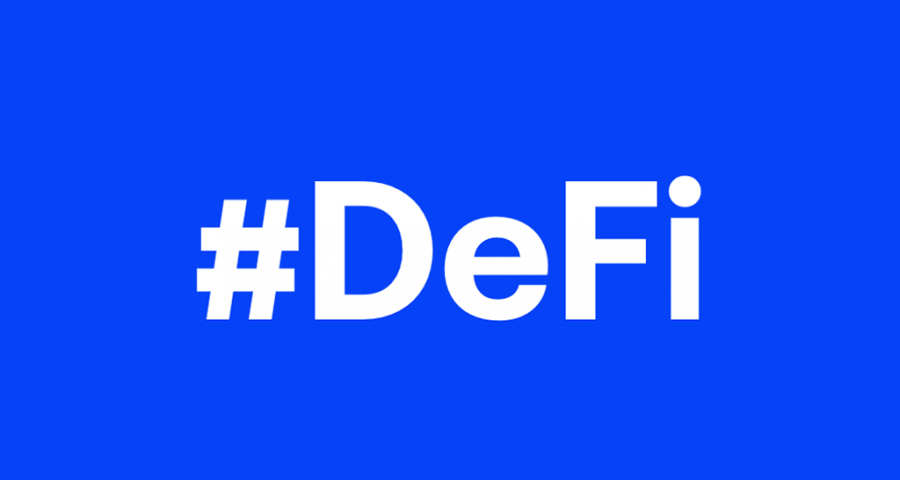Heads up, I will be using affiliate links in the article. These do not impact my views on the company or products herein.
Close your eyes and picture a bank. It’s got columns, doesn’t it.
Now, let’s consider banks at a high level. Primarily, they store your currency and offer you a modest return on investment for the handful of products that store it (checking, savings, CD, etc).
Obviously, the bank has to be making money somehow in order to pay your interest rate. The simplest mechanism they have available to them is lending money and gaining interest on those loans.
Simple: Bank issues a loan with 10% interest, pays you 2% interest on your money, and keeps the rest for profit and expenses.
DeFi lending is the same pattern.
- You store your currency with an institution like BlockFi.
- BlockFi gives you an APY (interest rate) with monthly accruals.
- BlockFi uses your money to lend out to borrowers in order to gain interest on their loans.
It’s honestly as simple as that (but obviously, let’s get into the details).
I don’t trust it, but let’s experiment anyway
In all likelihood, if I send Bank of America $20, I can be pretty confident that they won’t lose it. Between institutional standards and the FDIC insurance, I have faith and trust in my account with them – despite absolute garbage savings account interest rates (literally, 0.03% interest – it should be illegal).
Now, if I send that same $20 to my BlockFi account, there’s a greater chance of that money vanishing at some point – whether through a hack, management theft, or general crypto fuckery. It is not FDIC insured, I do not own the keys, and crypto is an evolving industry.
So, the fundamental crypto strategy must be applied: only spend what you can lose!
$20, here we go!
How it actually works
After passing through standard account creation (username, password), I logged in to a completely disabled BlockFi dashboard that prompted me to continue account setup with identity verification.
See, despite how the media might portray crypto, most companies in the space try their best to abide by KYC/AML laws.
SSN, pictures of my ID, address, etc later, I had an activated account available for experimentation within 10 minutes of signup.
At this point, the only thing left to do was deposit some crypto. No application, no negotiation, no wait.
I clicked on “deposit” (one of three possible actions) and was prompted with a deposit address.

From there, I sent $20 worth of ETH from one of my other accounts and 30 seconds later my balance was updated!
Protip: technically, that "wallet address" they prompted was actually a smart contract address that controls the account!

Time will tell what the actual value of this changes to over time – and specifically what the accrual of eth looks like.
Though the UI showcases my account balance in USD, all payouts and APY are denominated in currency of the account. For example, 6% APY (hypothetical APY) on 10 ETH would yield 0.05 ETH after one month (10 ETH x 6% / 12 months), regardless of the USD:ETH price.
For this reason, we’ll be monitoring the actual ETH numbers for this experiment, not the USD value.
One more thing
BlockFi accepts other currencies beyond ether – and each currency has it’s own APY.
For instance, right now I am getting 3.6% on ETH, but I can get a whopping 8.6% on GUSD (I’m assuming stablecoins offer less risk for loans, so the share is greater)!
On top of that, you can actually trade and take out loans from the platform as well (more on this later).
Check back in later for updates on how this experiment went! Hopefully I’ll have time to monitor and keep track of my $20 🙂
Join BlockFi and try it yourself! Just remember, only use what you can lose.
